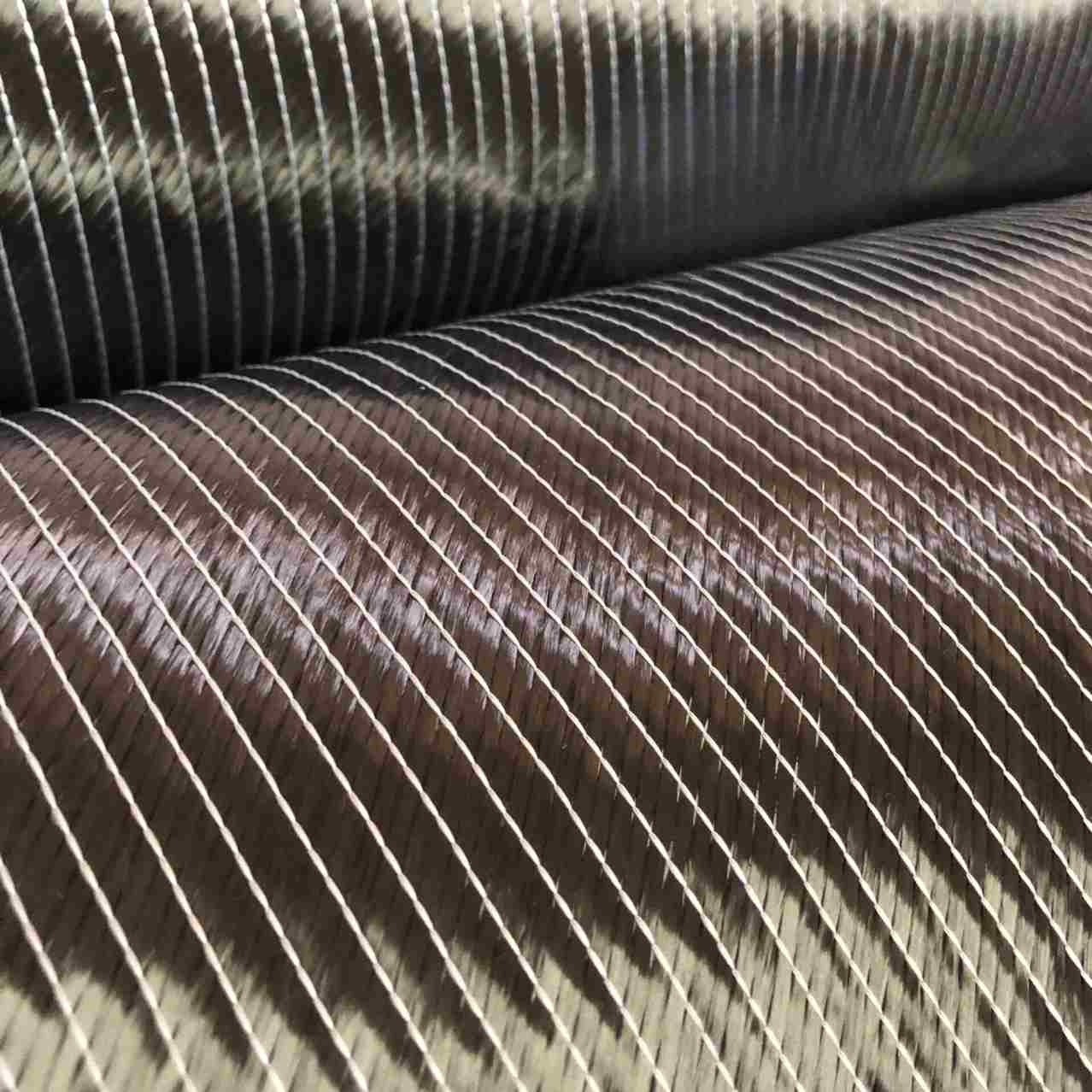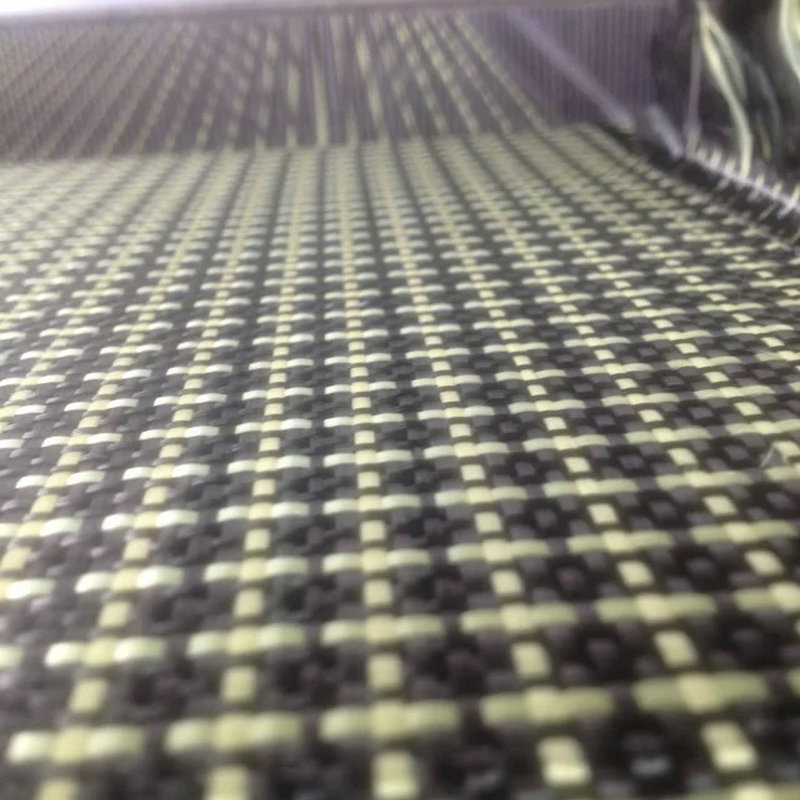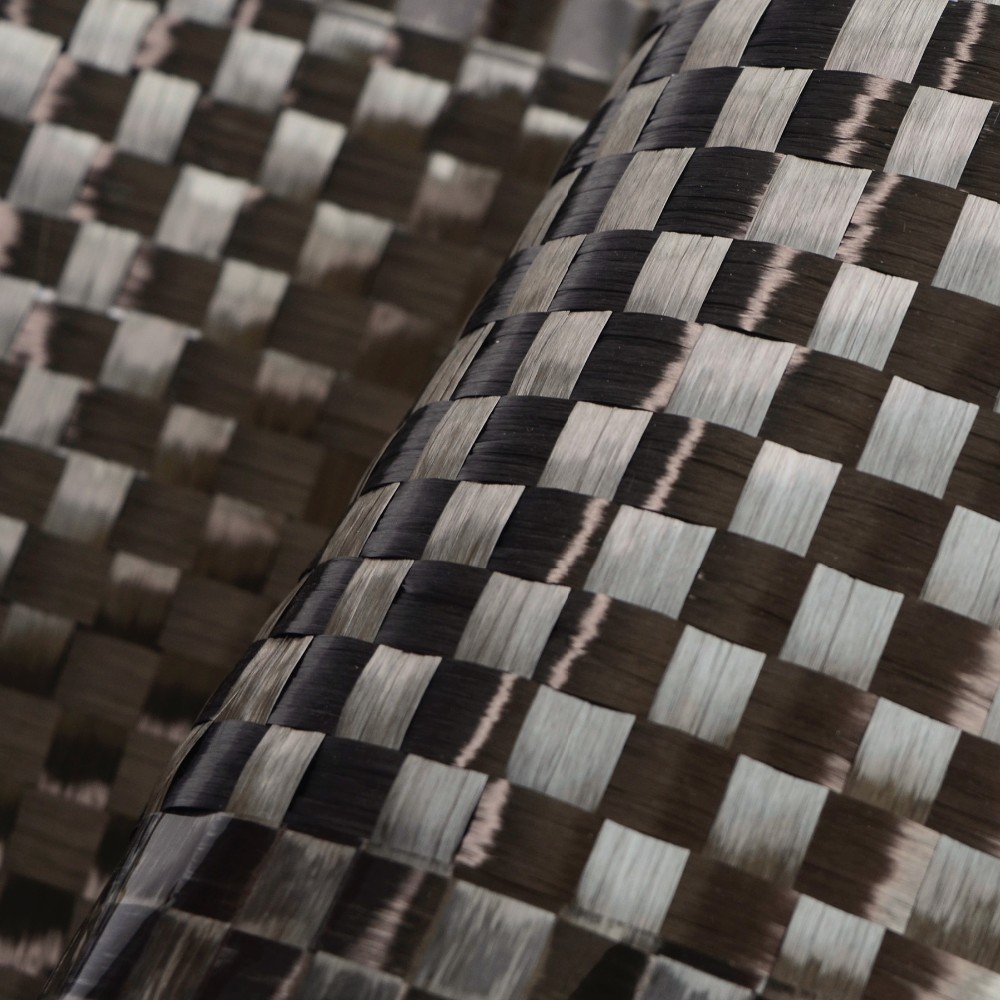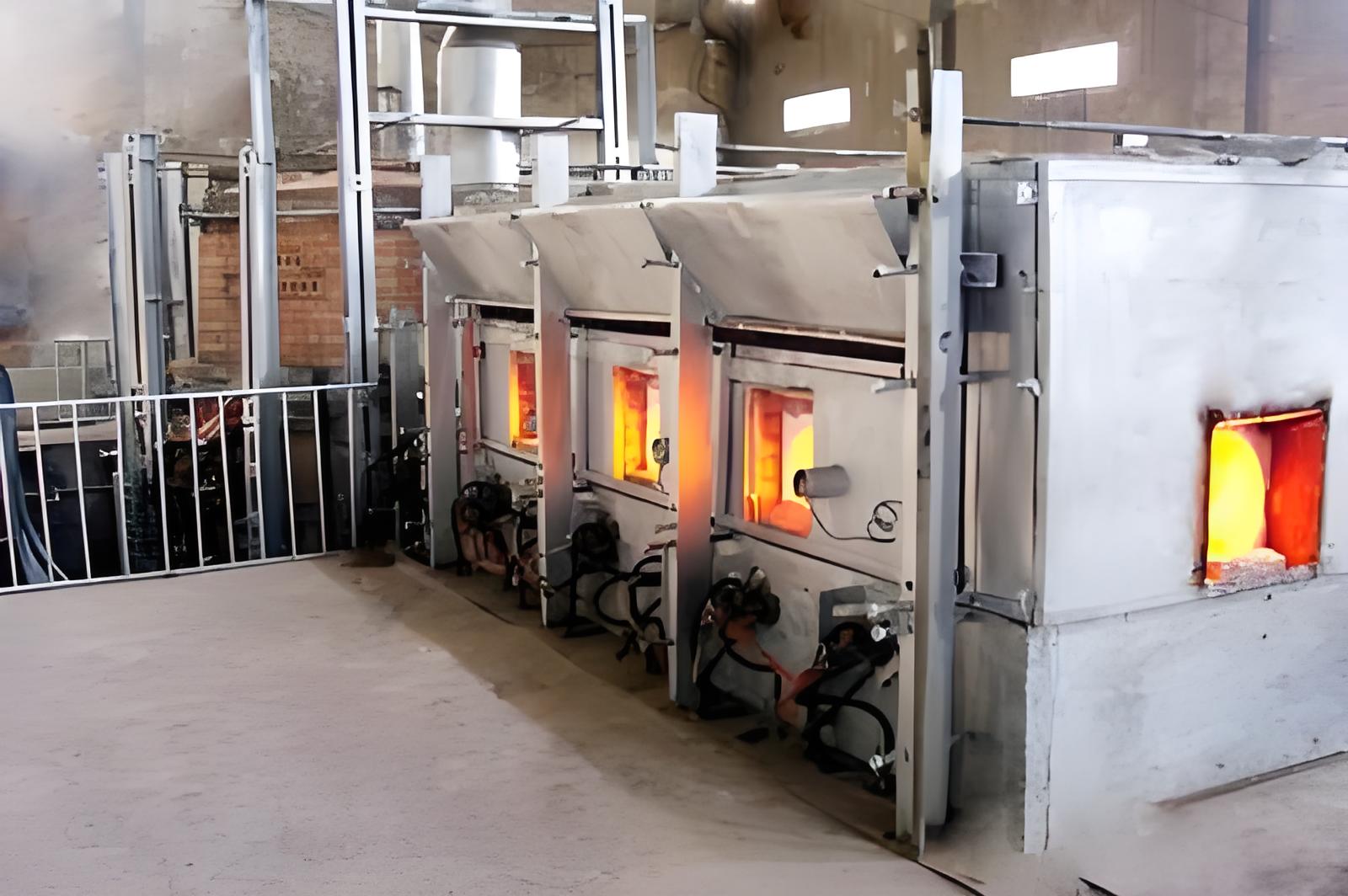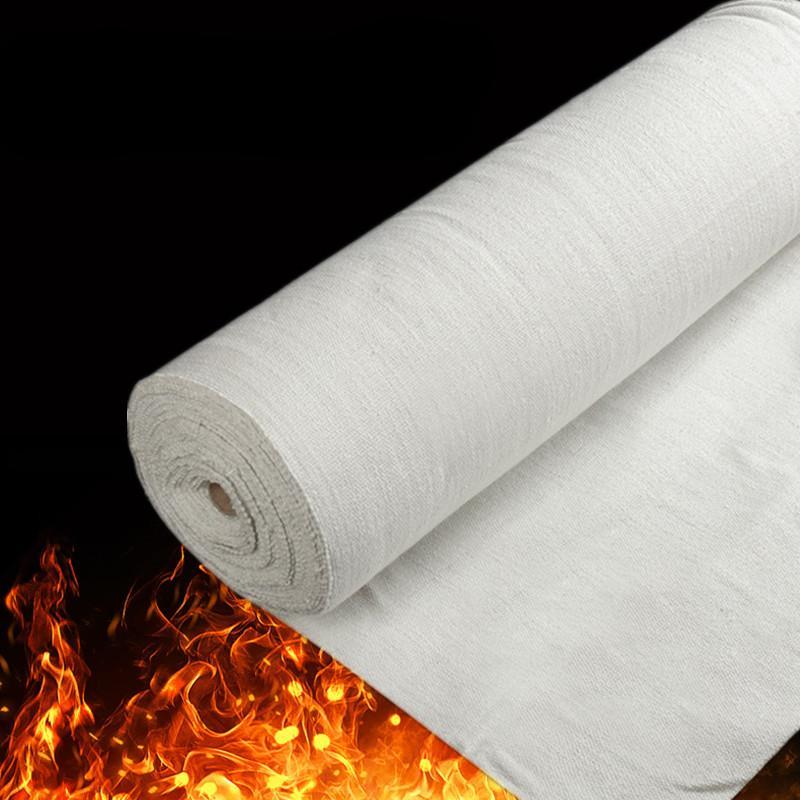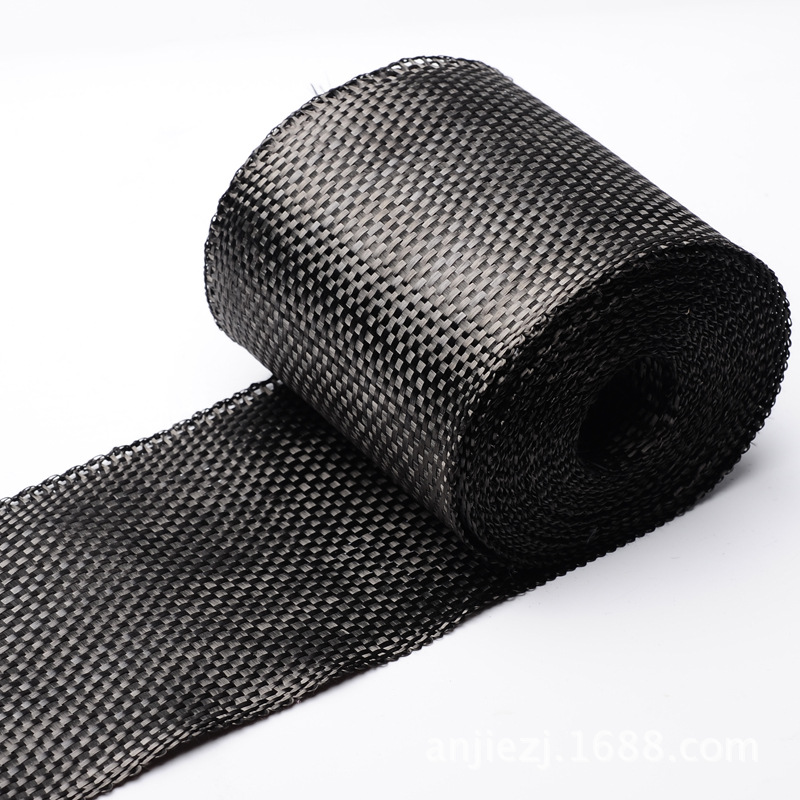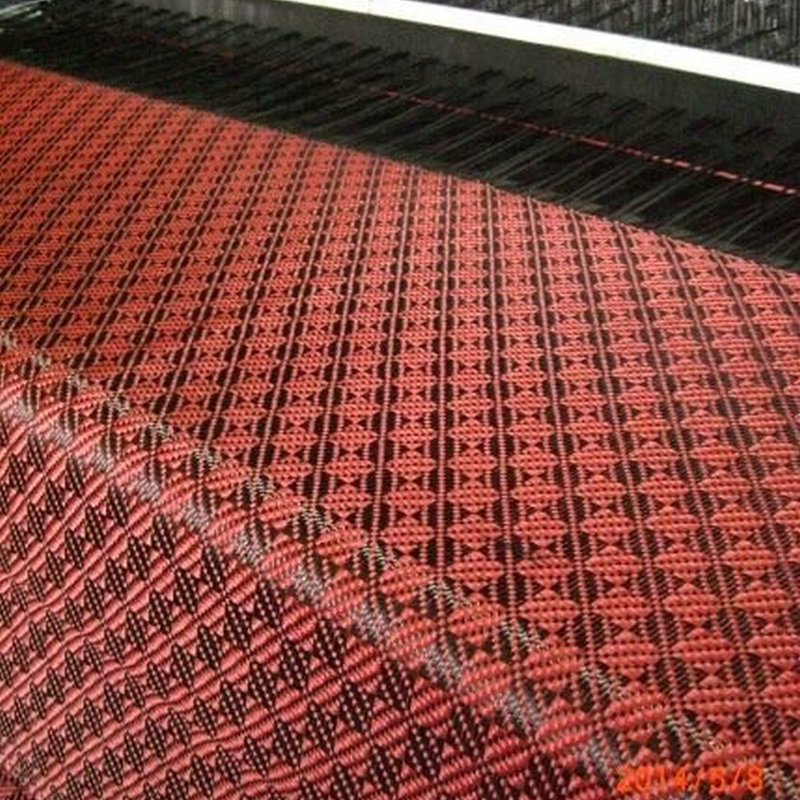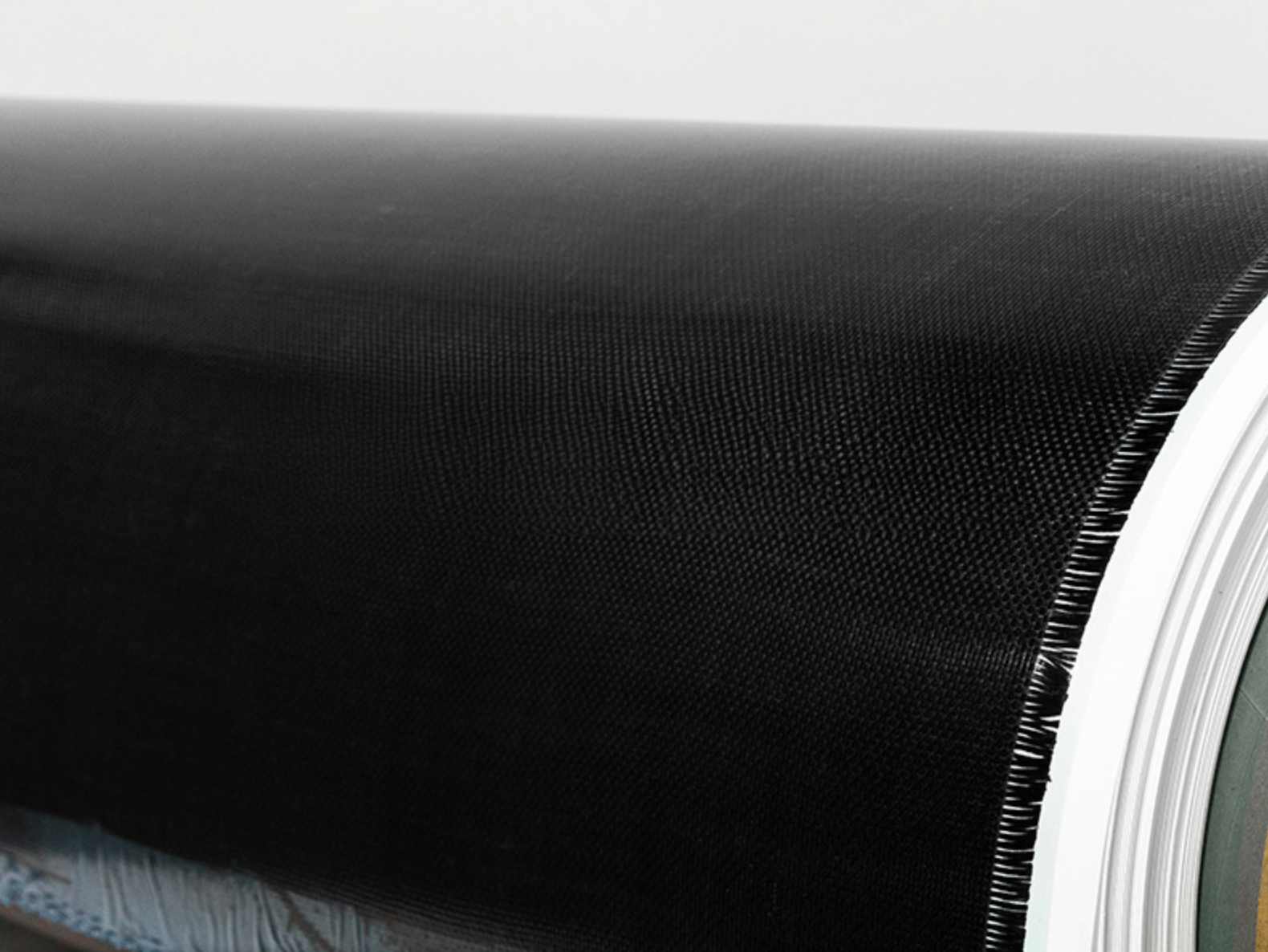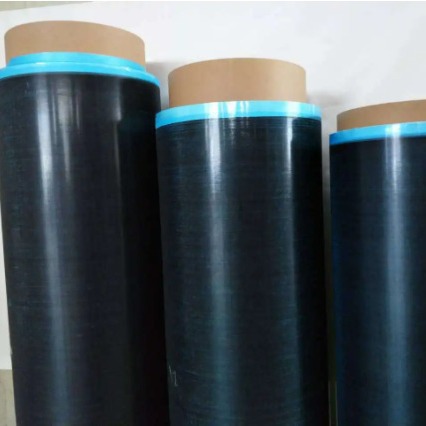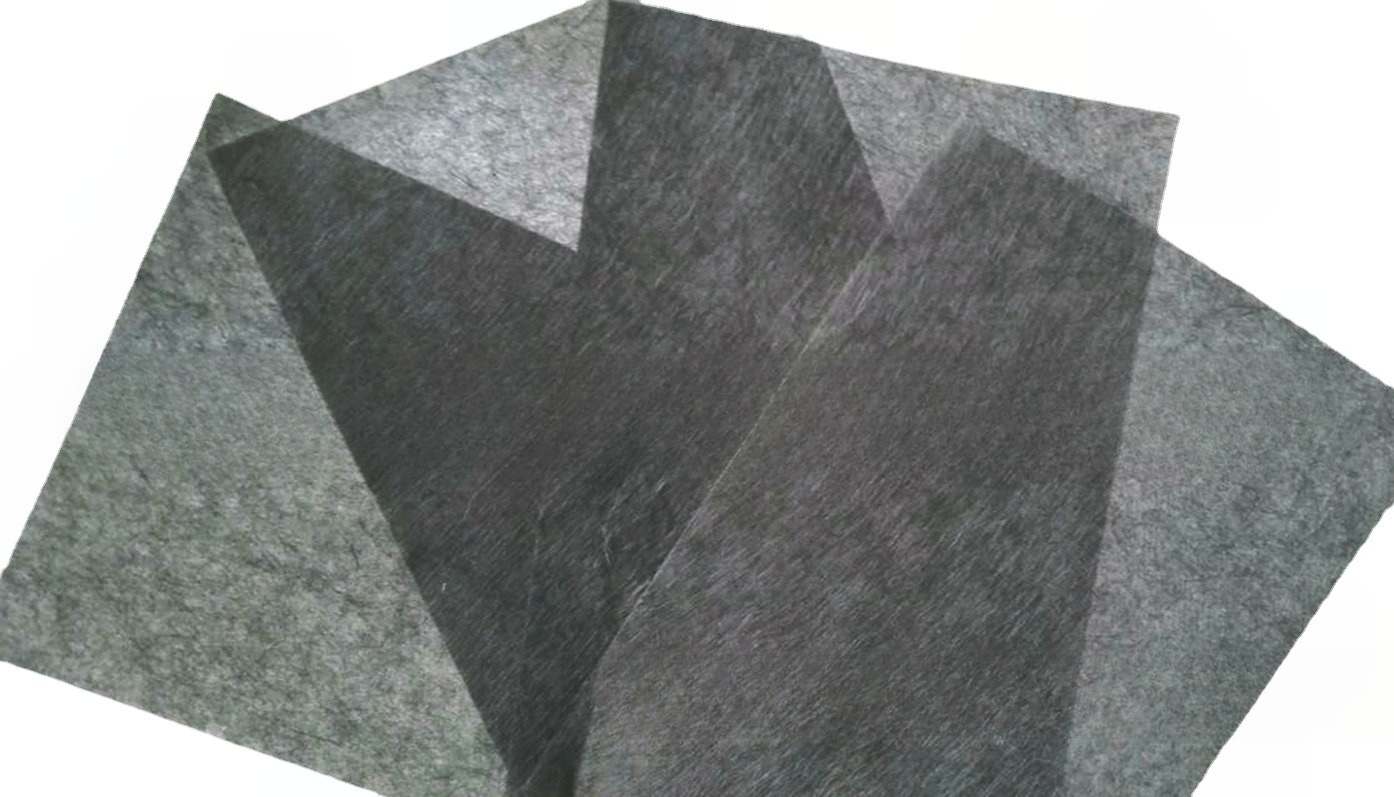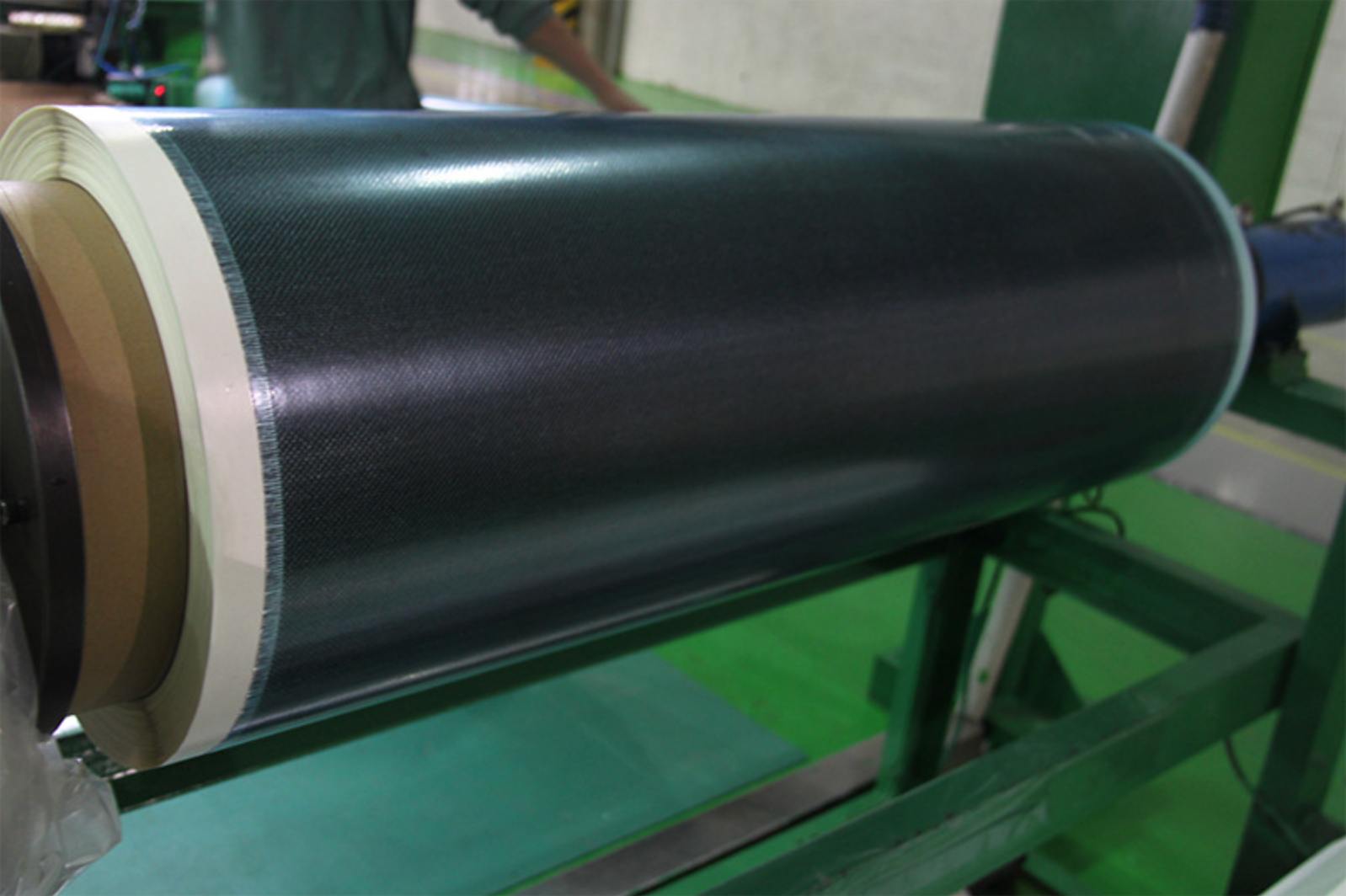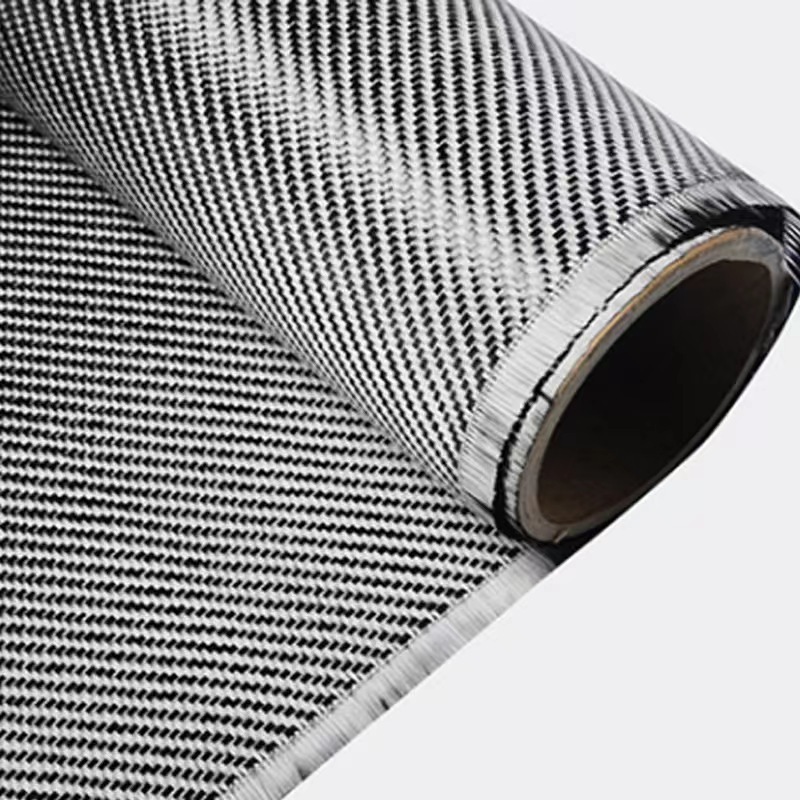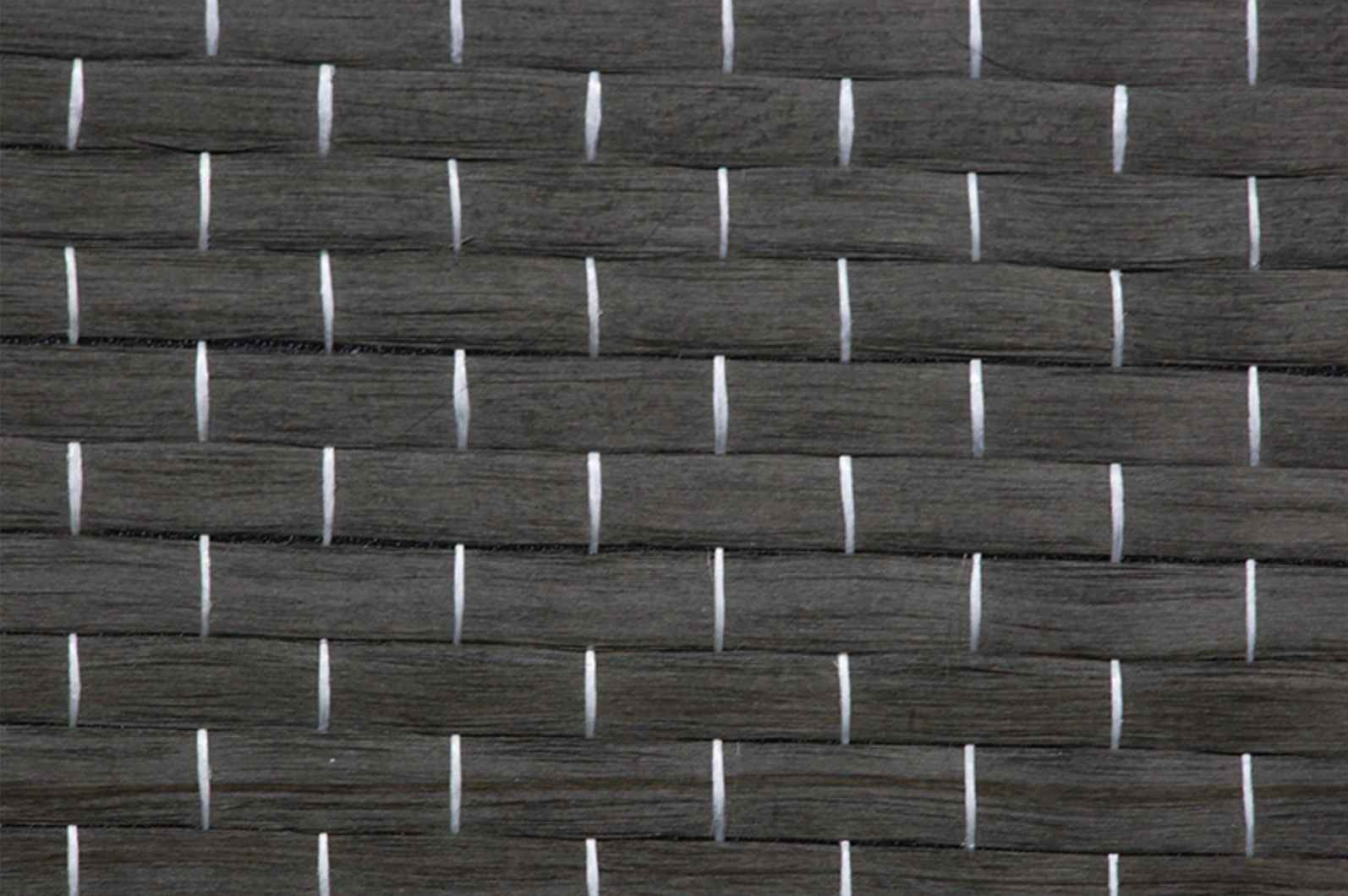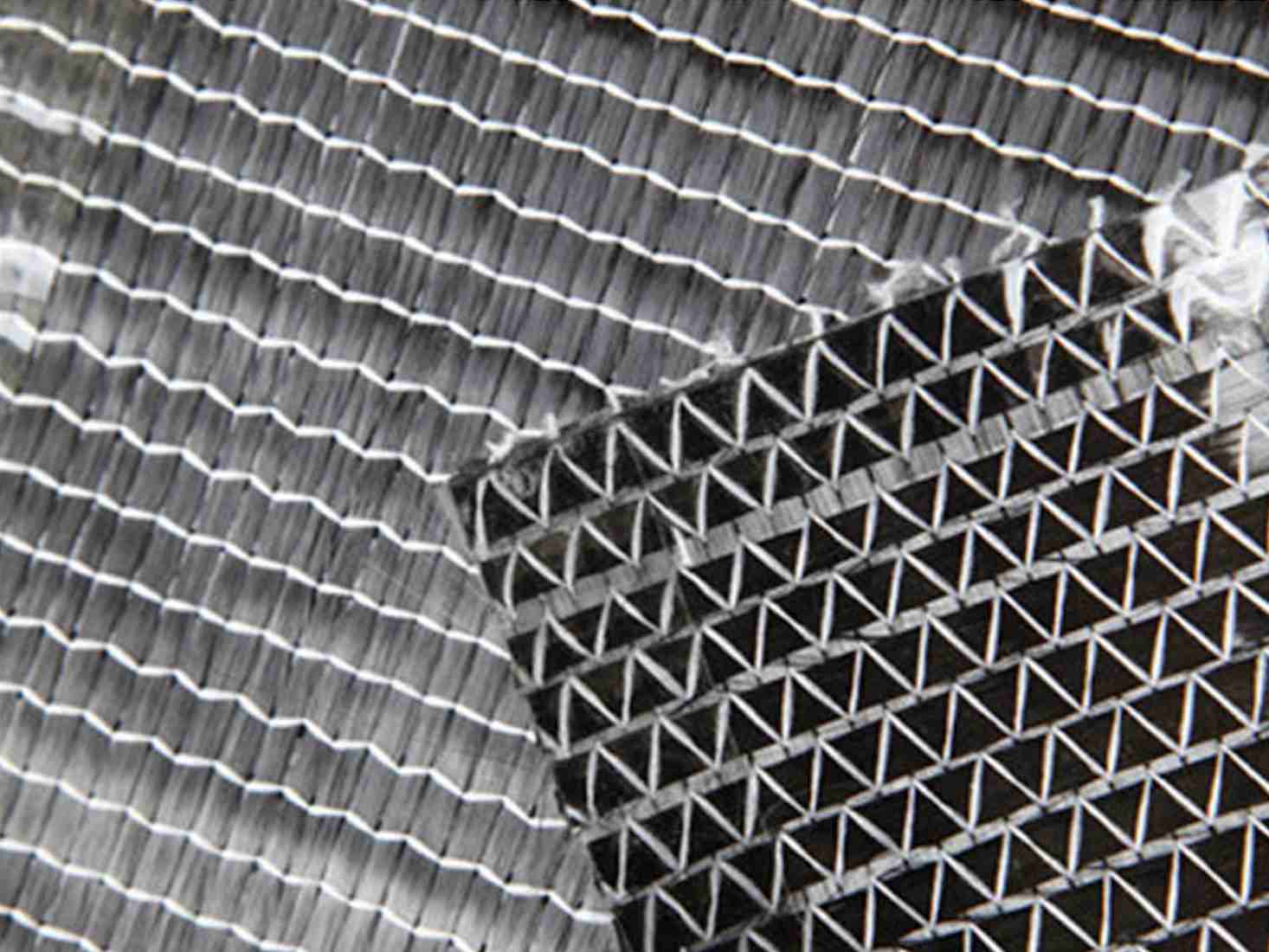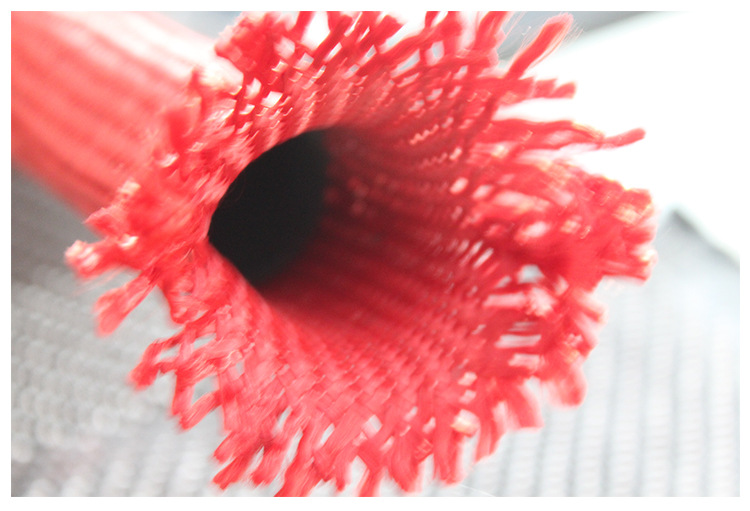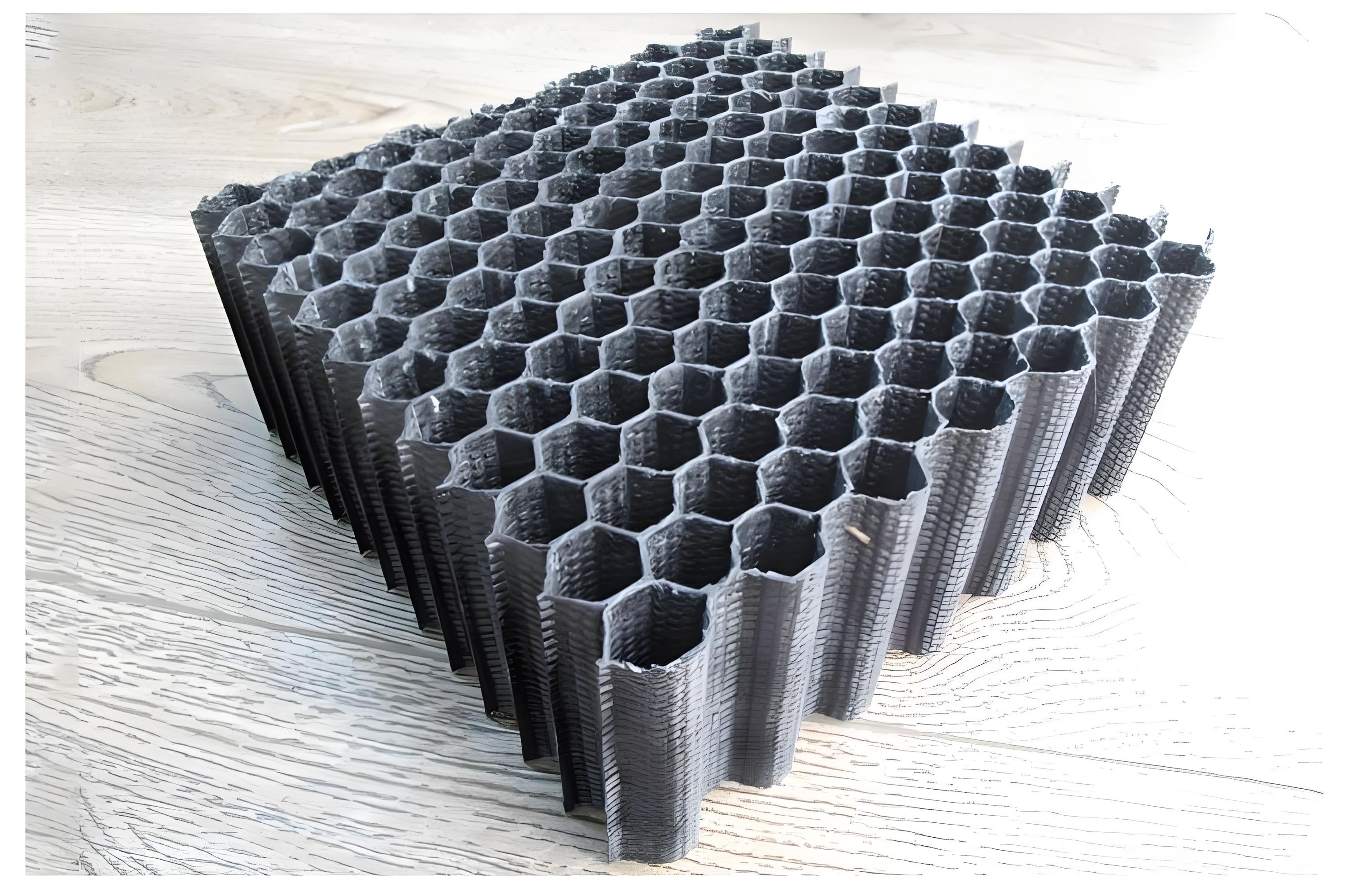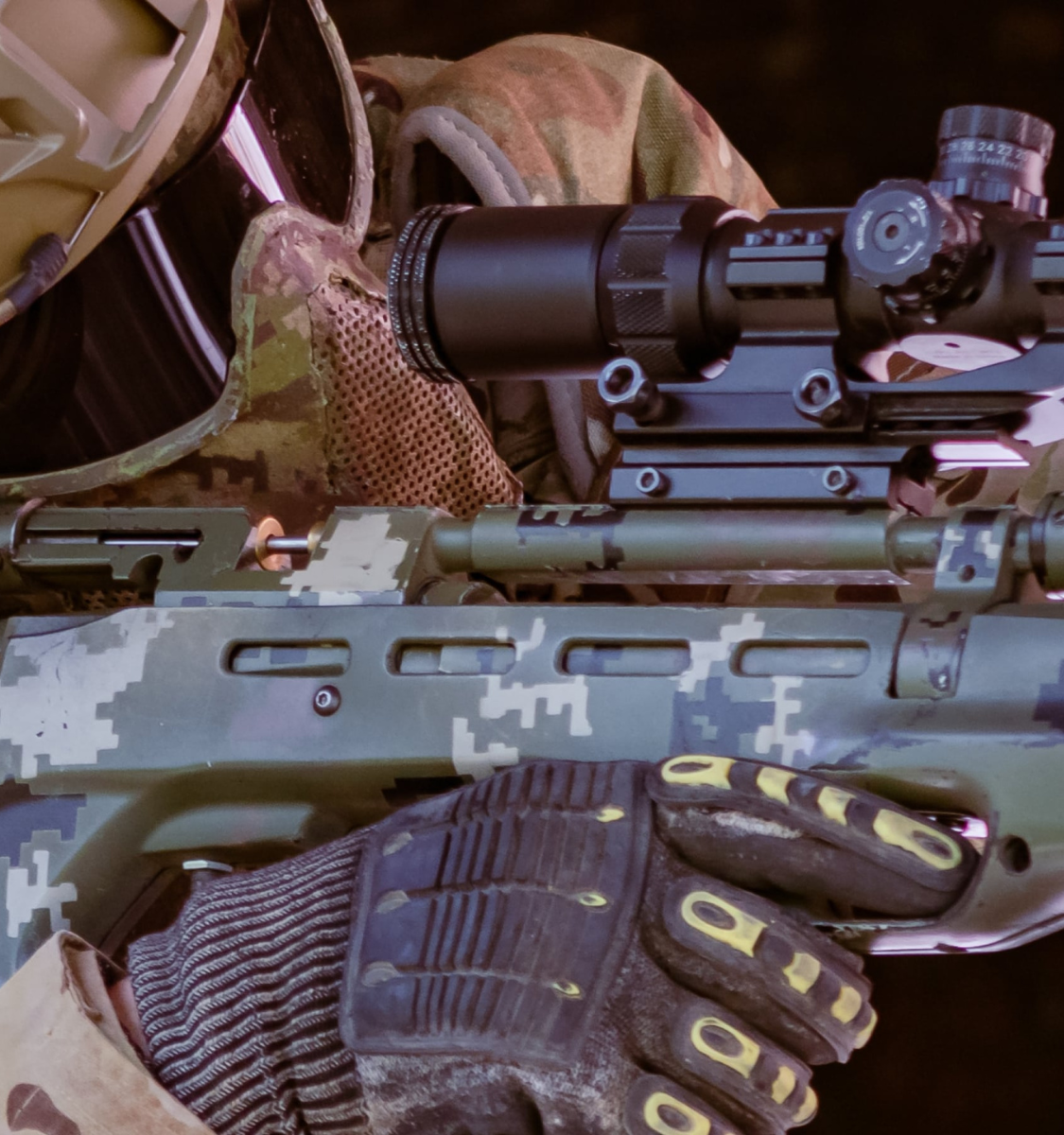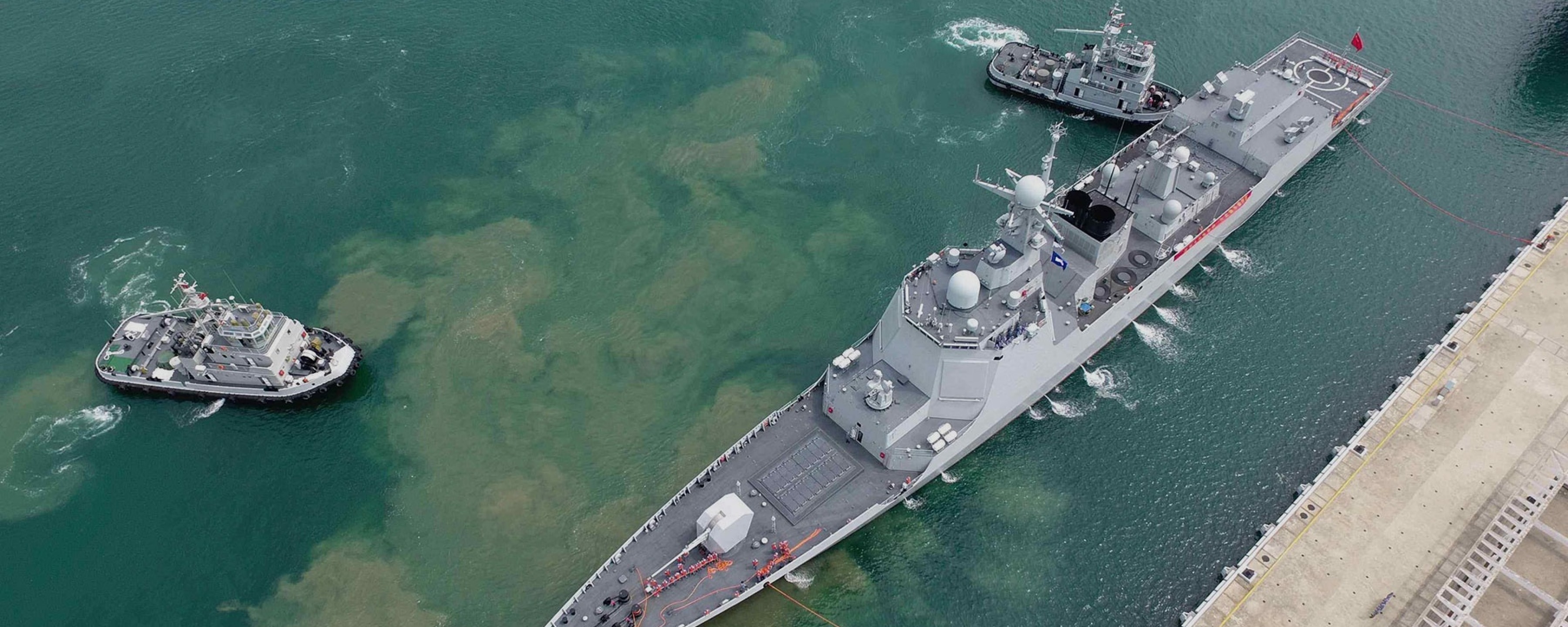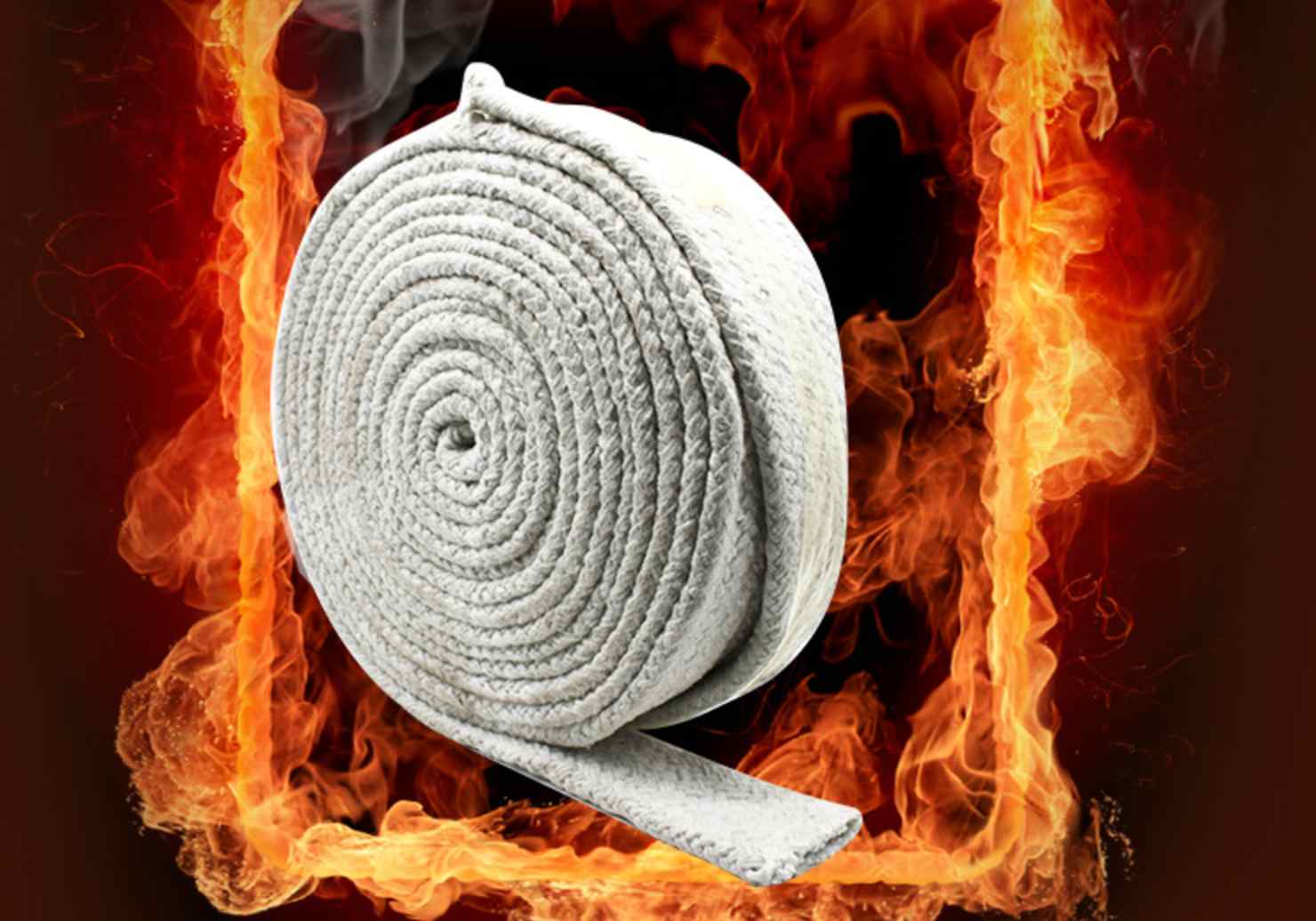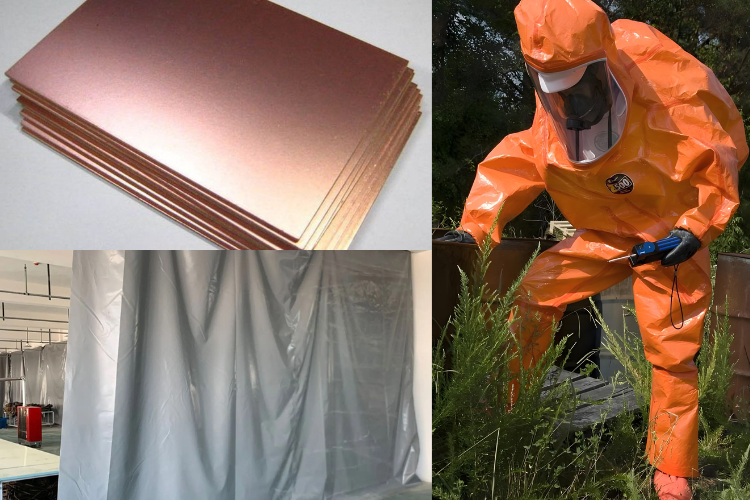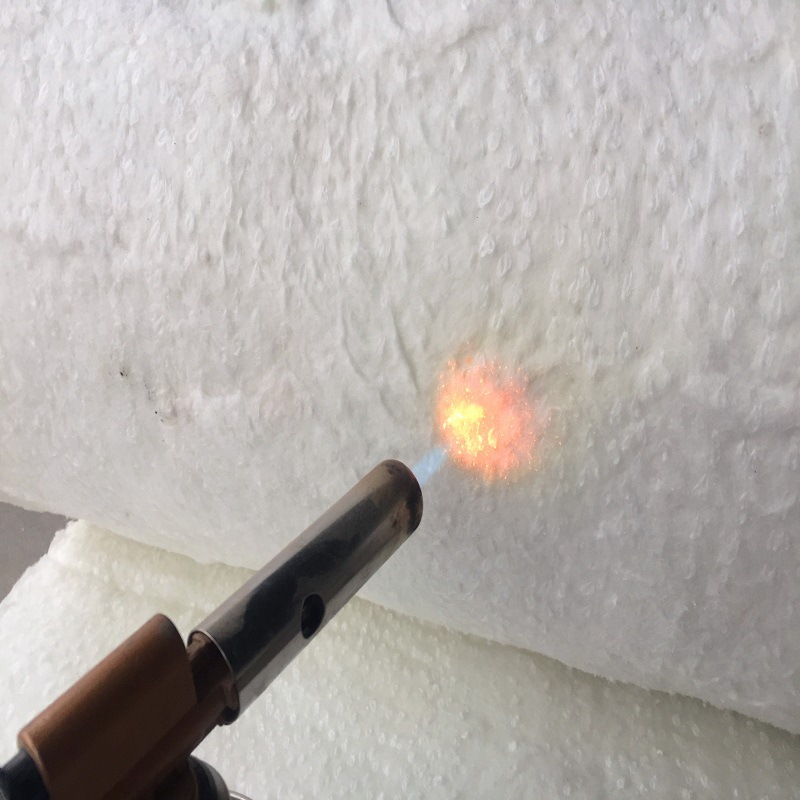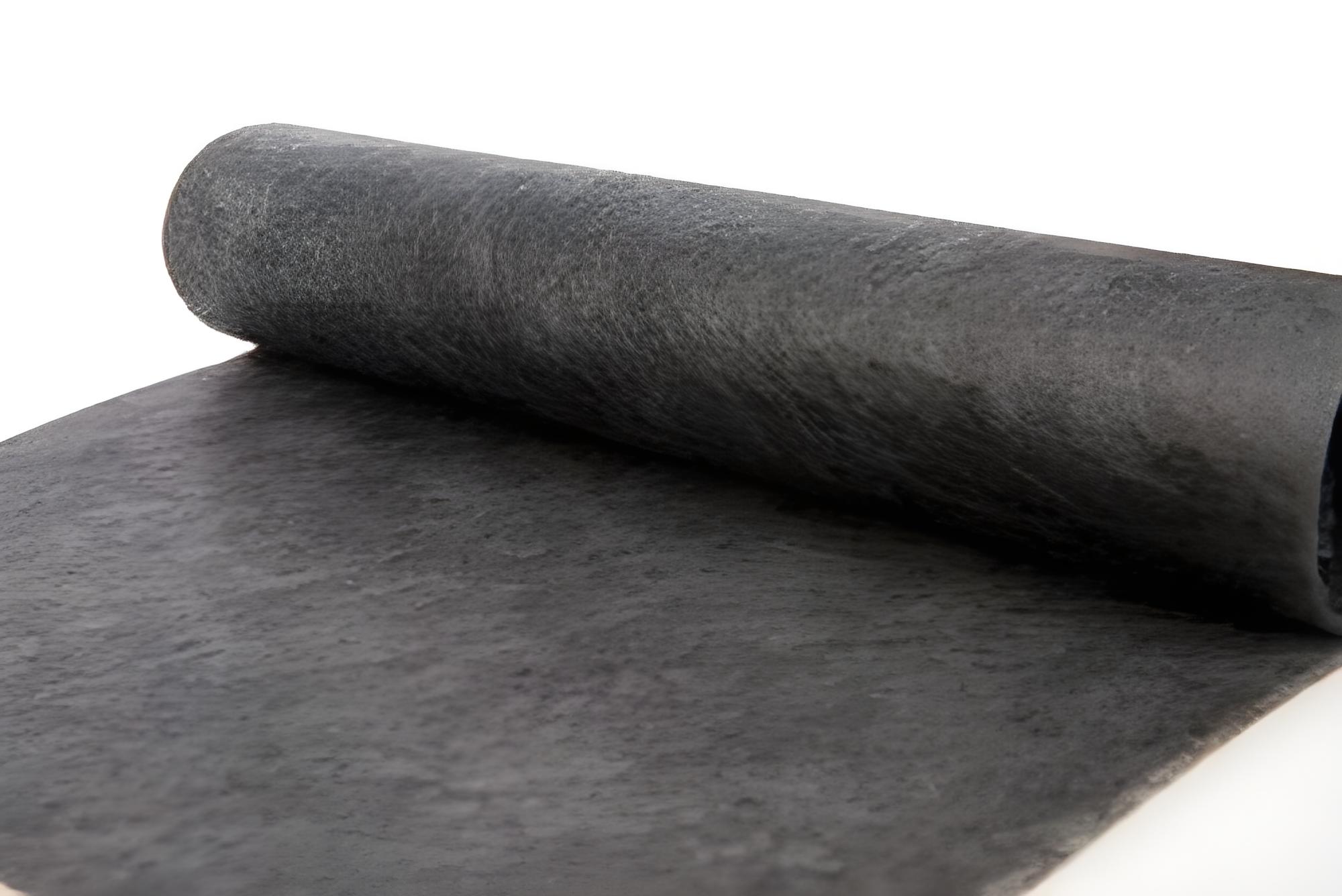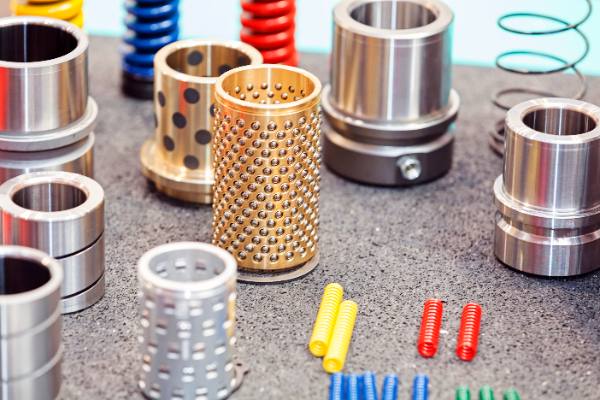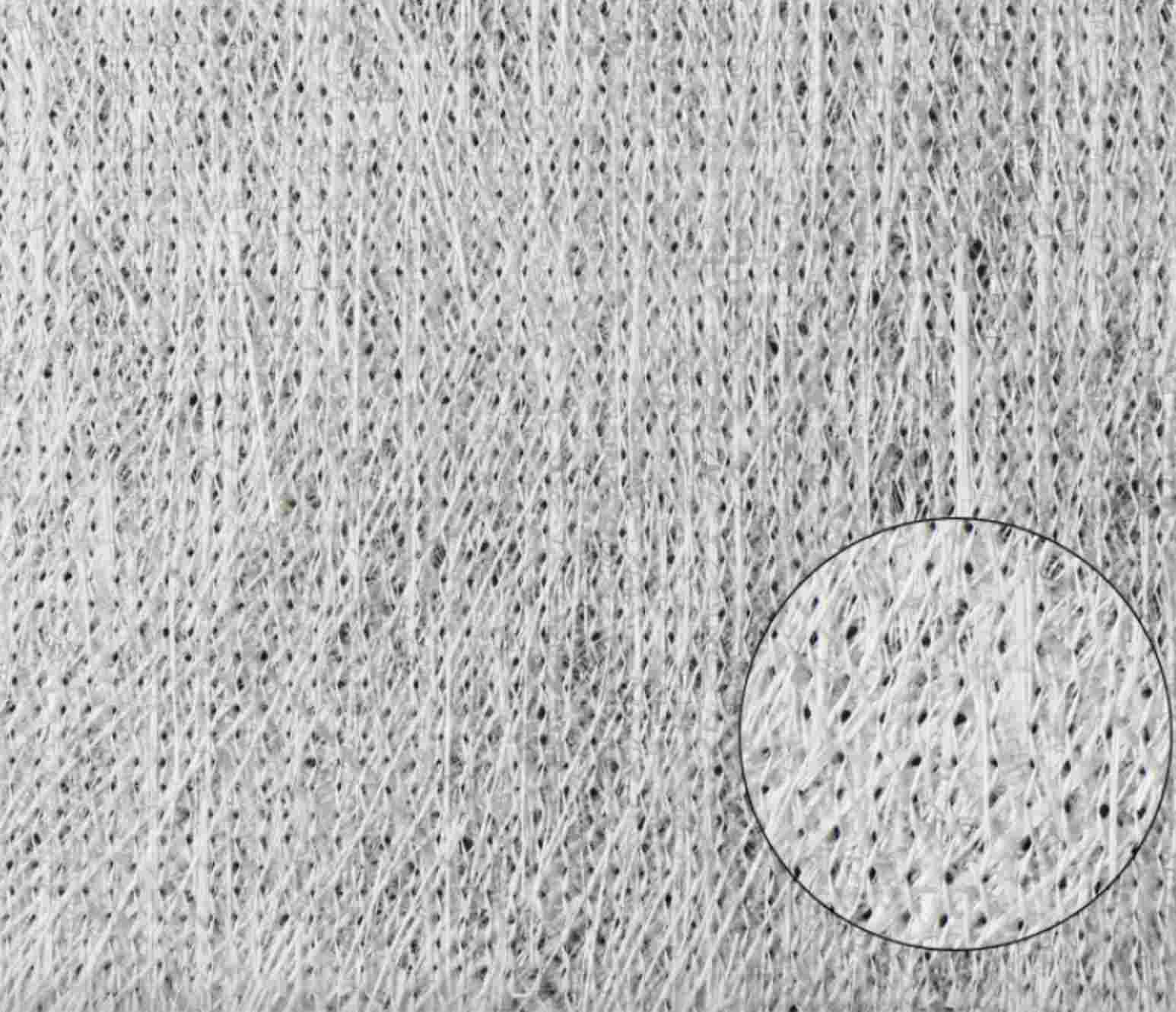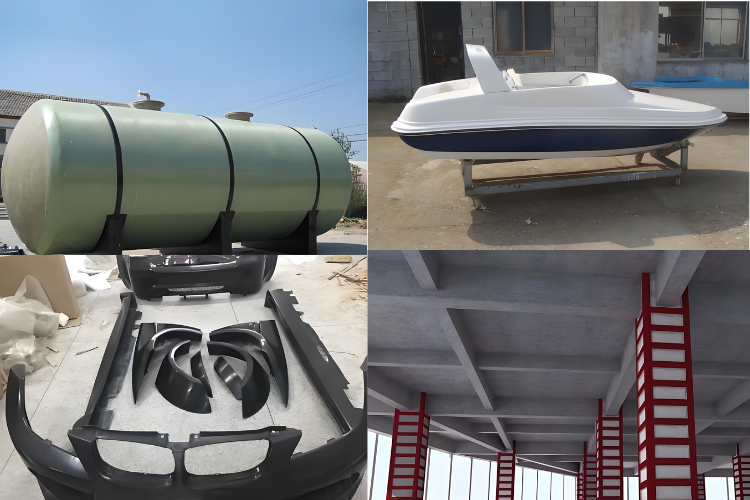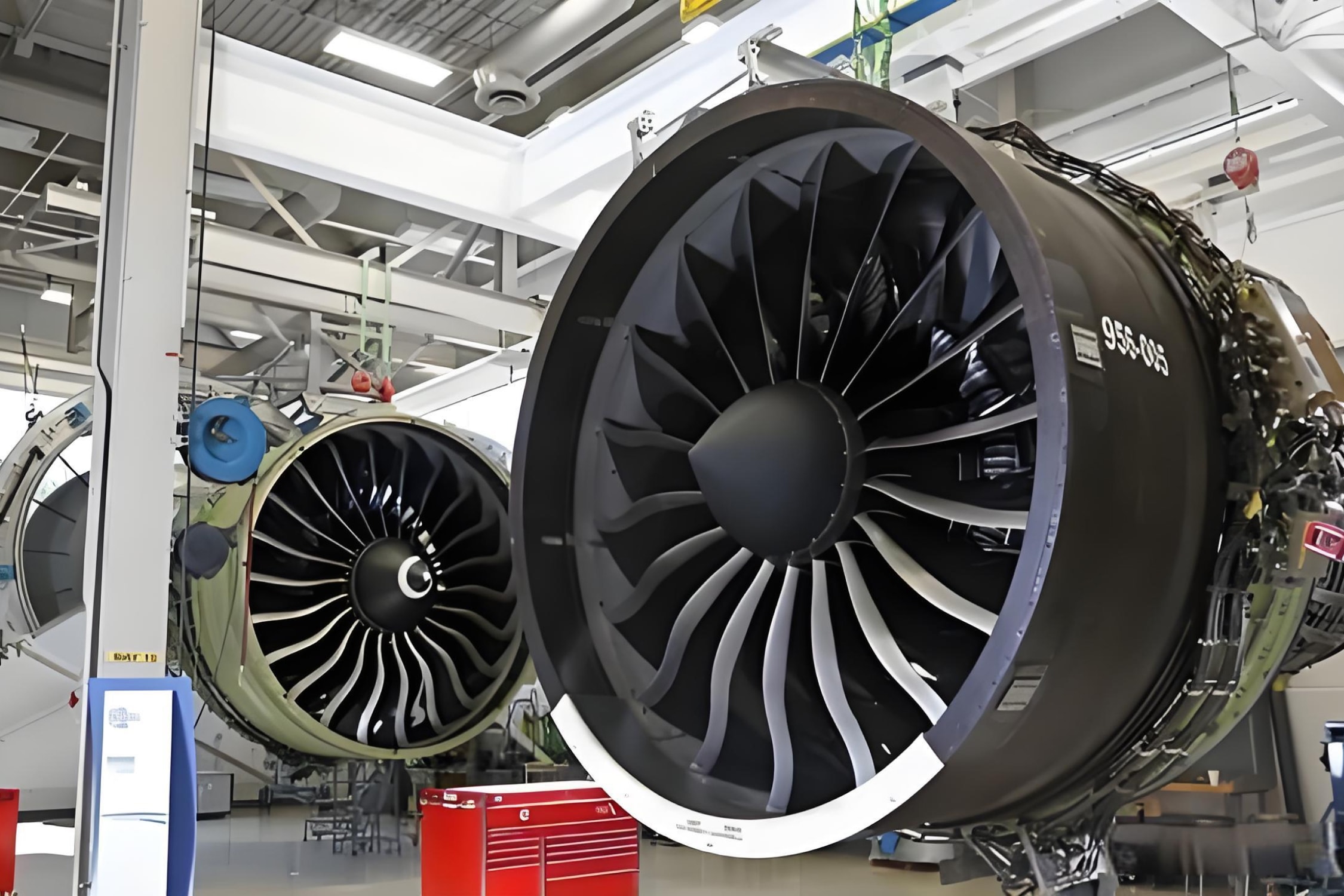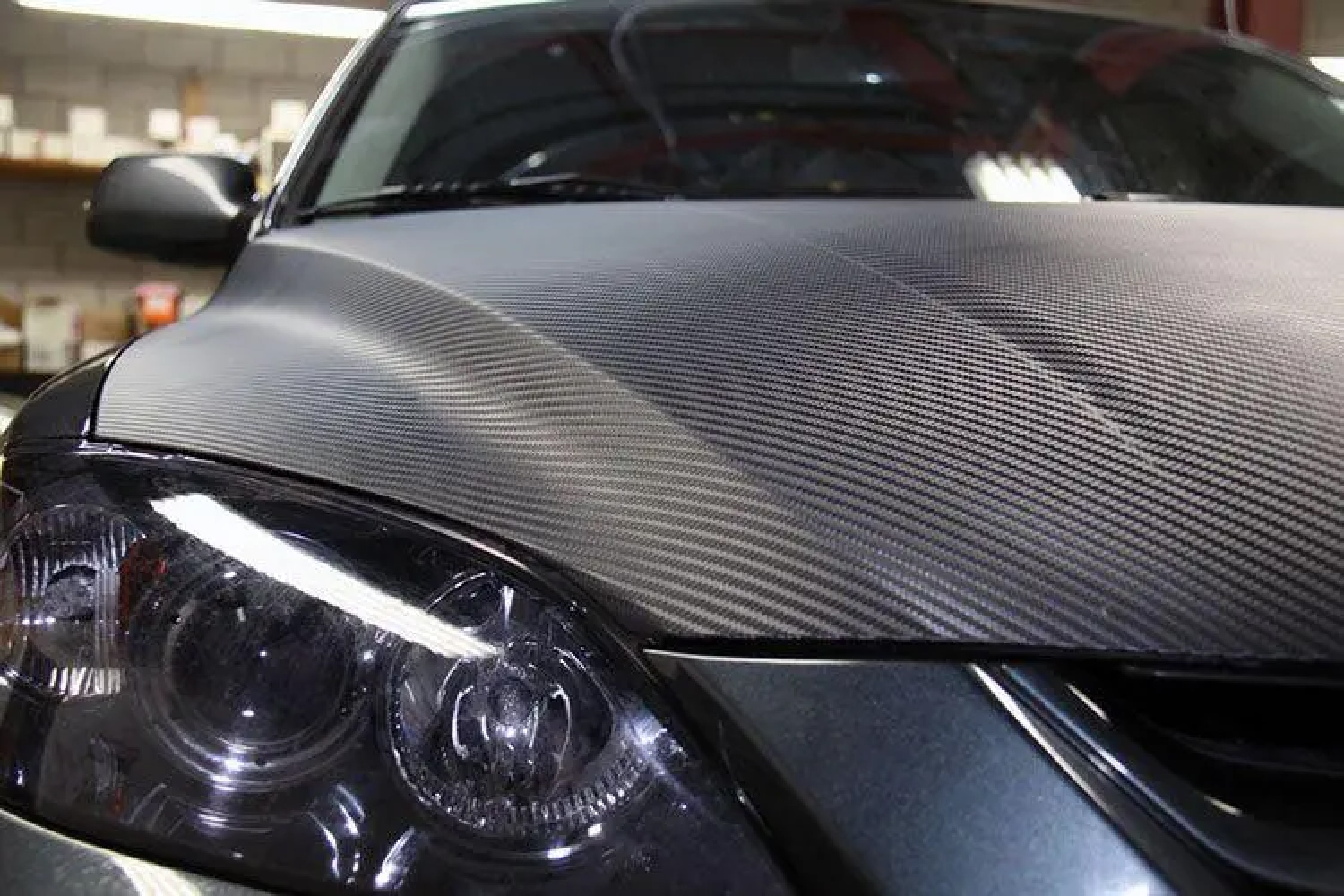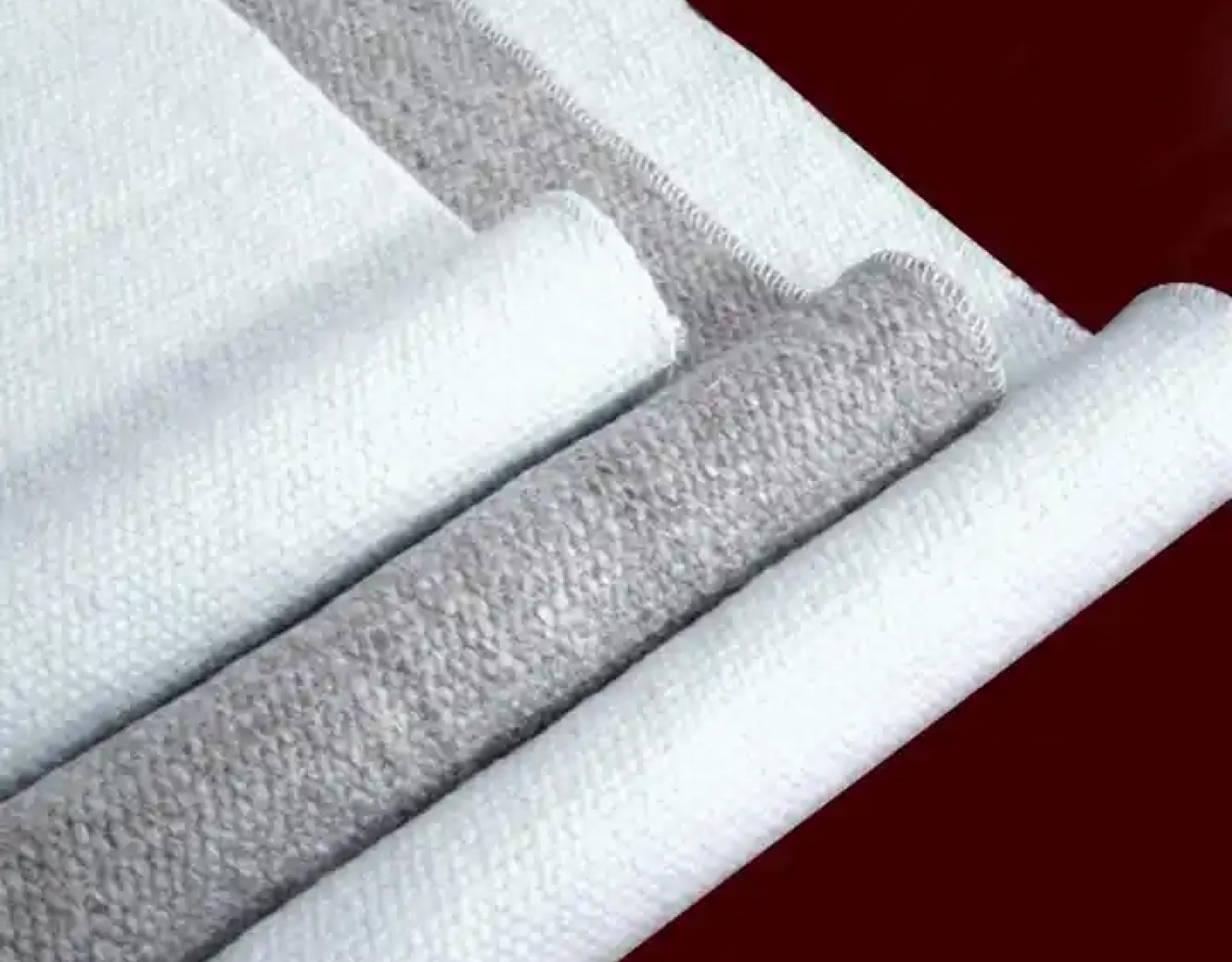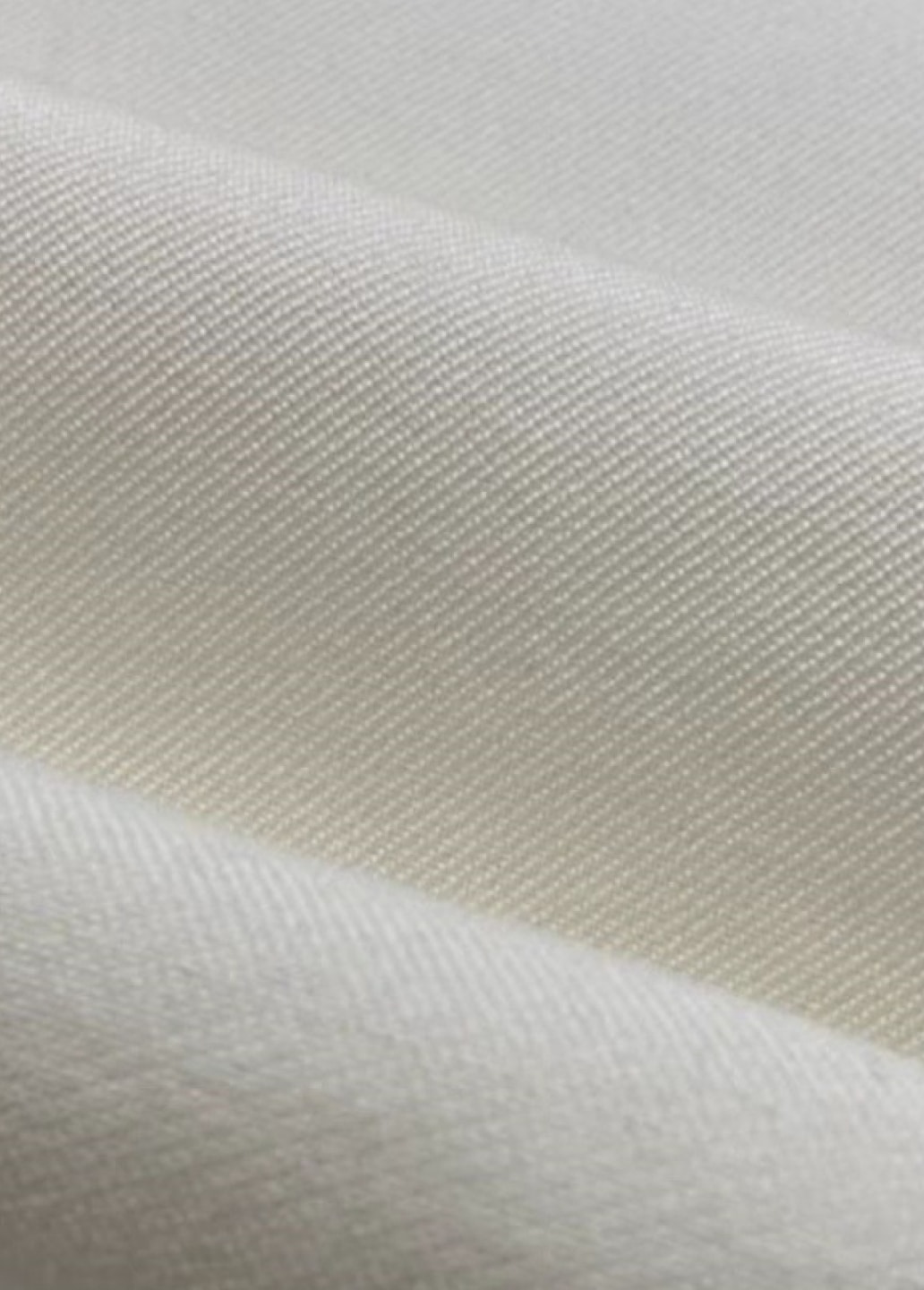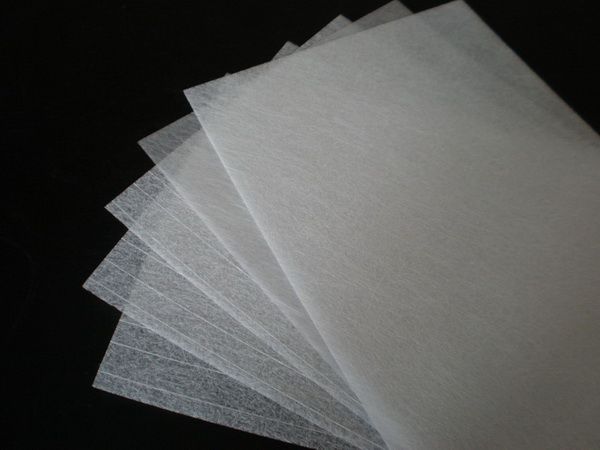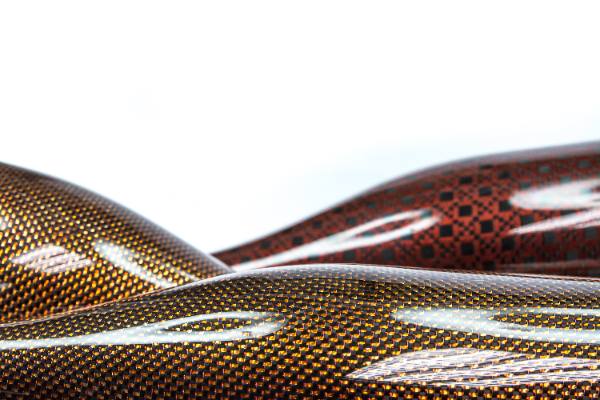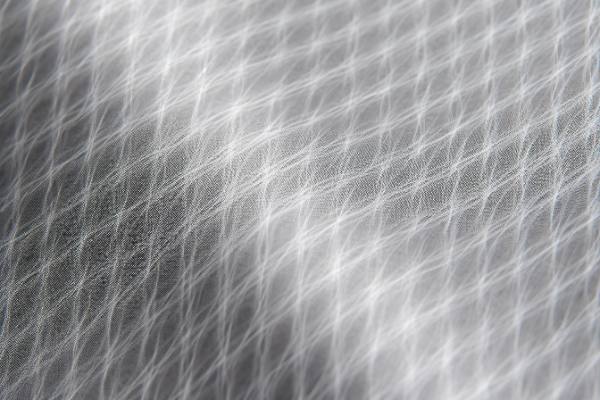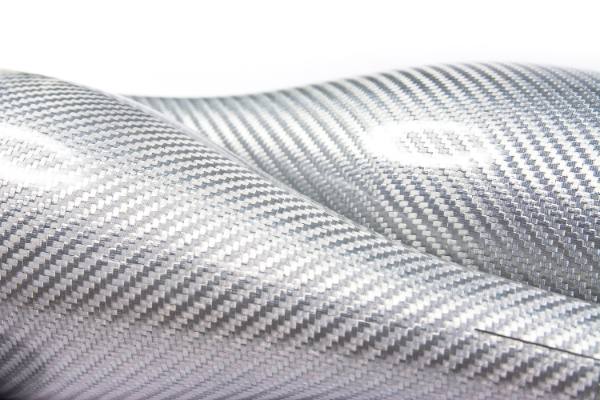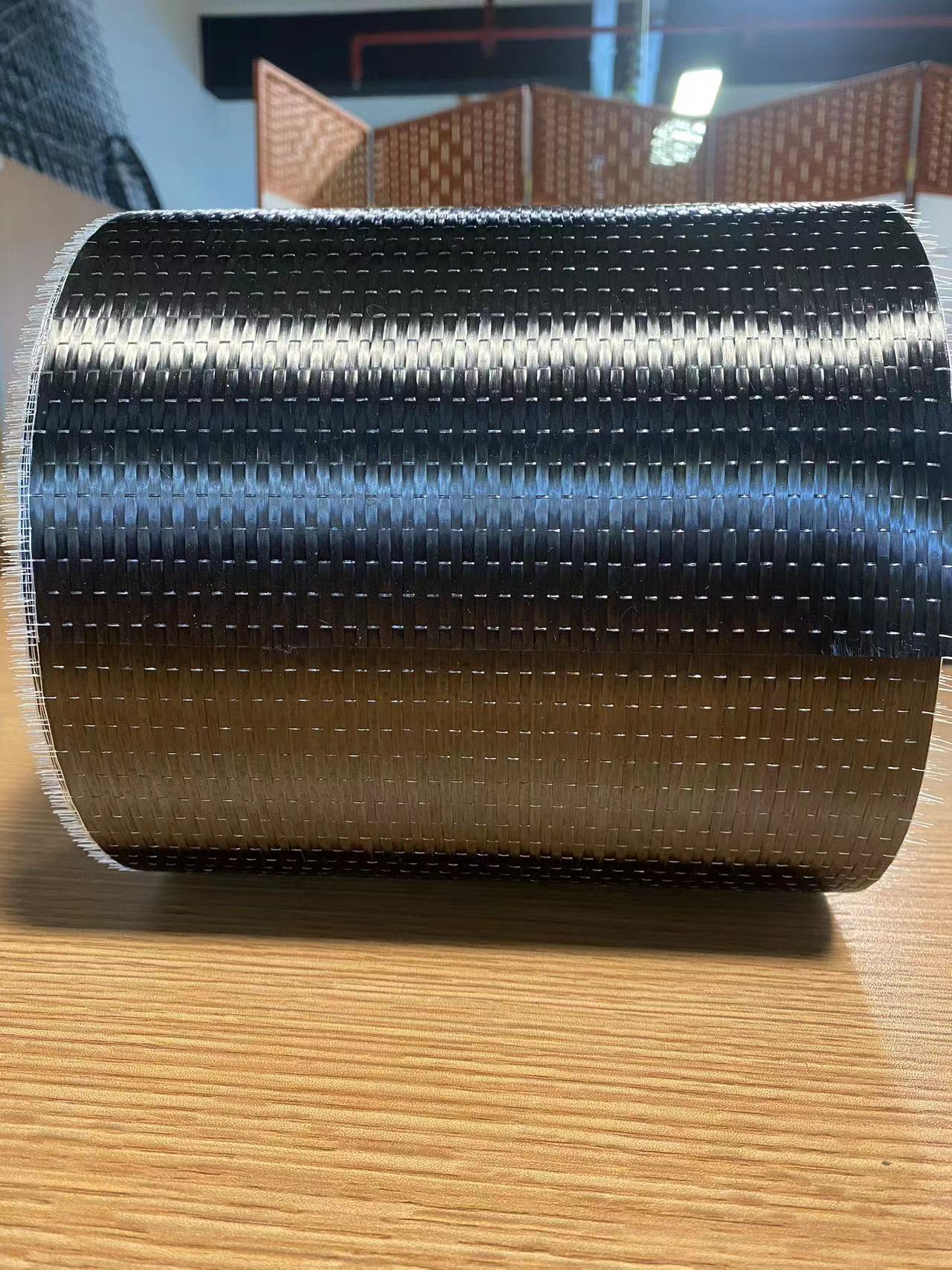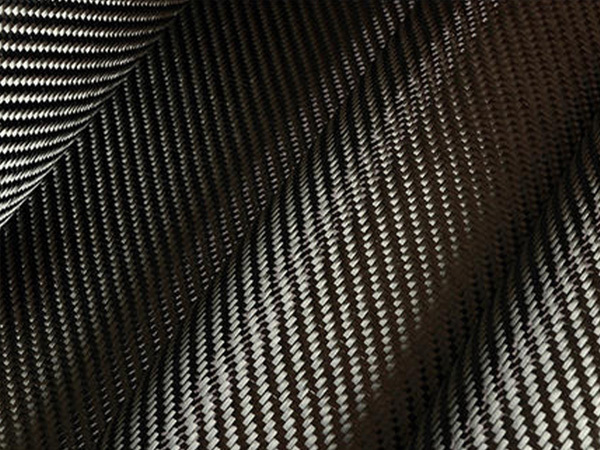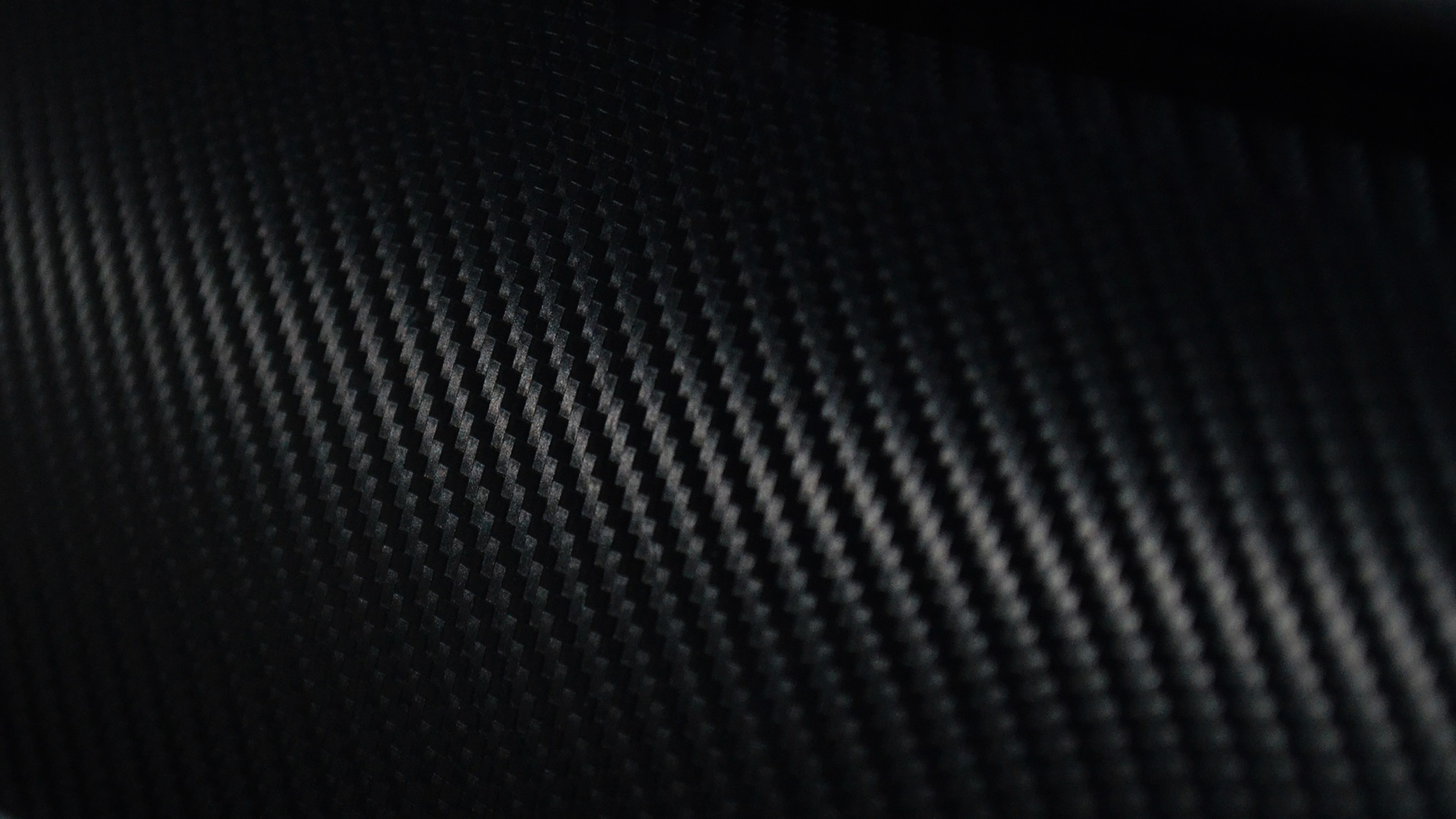+86-13732282311
merlin@xcellentcomposites.com
Let the world benefit from composite materials!
Research Status and Prospect of Anti-Cutting Fabric Such As UHMWPE Fiber
In order to develop anti-cutting products, the research status of anti-cutting fabric was summarized. From the perspective of fiber, the property of stainless steel fiber, UHMWPE fiber, aramid and glass fiber were introduced.From the perspective of yarn, the property of blended yarn, composite yarn and yarn made with special treatment were introduced. From the perspective of fabric, the property of knitted fabric, woven fabric, non-woven fabric and composite fabric were introduced. The application status and shortcomings of anti-cutting glove, anticutting armguard and anti-cutting clothing were pointed out. The anti-cutting property of the anti-cutting fabric was analyzed, and the relevant testing standards at home and abroad were compared. It is considered that the research of anti-cutting fabric should focus on anti-cutting mechanism, fabric texture & structure and human ergonomics.
Introduction
Anti-cutting fabrics are safety materials designed to protect individuals from injuries caused by sharp tools such as knives and blades. These materials are essential for military and police personnel, including patrolling officers and prison guards. Additionally, they are widely used in civilian industries such as construction, renovation, glass manufacturing, and chemicals. The development and application of anti-cutting fabrics are crucial for addressing potential risks from sharp objects.
1. Research Status of Anti-Cutting Fabrics
The cutting resistance of anti-cutting fabrics stems from three primary aspects:
- Fiber Properties: The tensile and shear resistance of fibers under stress.
- Yarn Structure: Appropriately structured yarns improve fiber coordination and performance.
- Fabric Density: Denser fabric structures resist cutting forces more effectively.
1.1 Anti-Cutting Fibers
- Stainless Steel Fibers: These are soft industrial materials with excellent mechanical properties, often used in combination with high-strength fibers to create semi-flexible anti-cutting fabrics.
- UHMWPE Fibers: Ultra-high molecular weight polyethylene fibers exhibit high tensile strength and impact resistance but have low surface hardness, making them prone to abrasion. Research on abrasion-resistant coatings and modifications is ongoing.
- Aramid Fibers: Known for their high strength and cut resistance, aramid fibers like Kevlar have limitations in UV resistance and friction durability.
- Glass Fibers: Lightweight and strong, these fibers are commonly used in the inner layers of fabrics to minimize skin irritation.
1.2 Yarn Structures
- Blended Yarns: Combining different fibers compensates for individual weaknesses, improving overall performance.
- Composite Yarns: Core-spun and covered yarns enhance the physical and mechanical properties of fibers.
- Specially Treated Yarns: Technologies like shear-thickening fluids (STFs) improve cut resistance while maintaining flexibility.
1.3 Fabric Structures
- Knitted Fabrics: Provide good impact resistance but deform under external forces.
- Woven Fabrics: Offer excellent mechanical properties and cut resistance due to their tight structure.
- Non-Woven Fabrics: Less effective against cuts, often used in multilayer composites.
- Composite Fabrics: Combine various layers or materials to achieve multifunctionality.
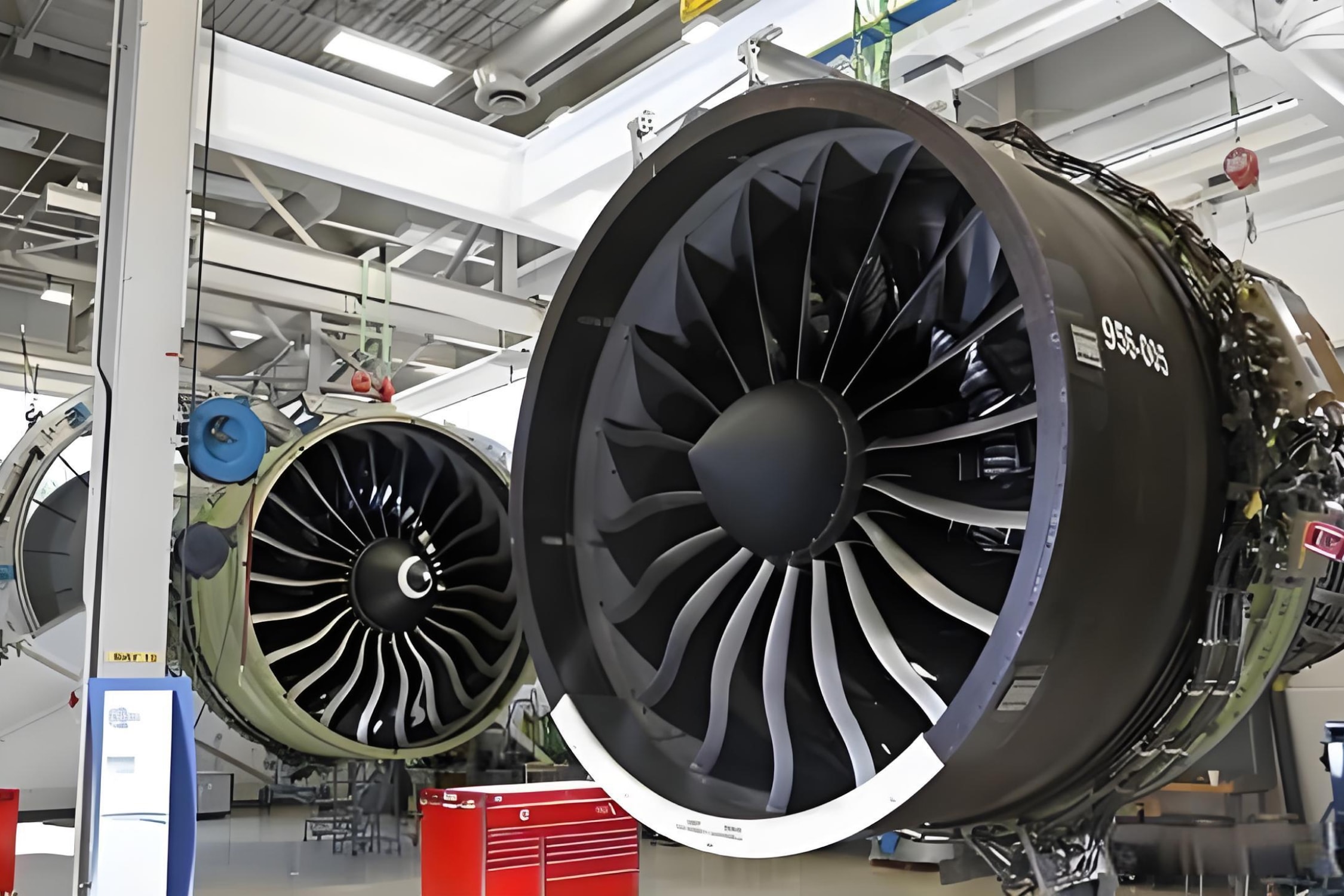
2. Applications and Shortcomings of Anti-Cutting Fabrics
2.1 Anti-Cutting Gloves
Currently, the most extensively researched and produced anti-cutting equipment is gloves, which can be categorized into uncoated and coated gloves.
- Uncoated Gloves: These are soft to wear and have high production efficiency but exhibit low abrasion and cut resistance.
- Coated Gloves: These are relatively stiff and less flexible. They are further classified into fully coated gloves, gloves with coatings on the palm and back, and gloves with coatings only on the fingers.
Additionally, there are steel wire gloves made by interlinking numerous small metal rings, which provide excellent abrasion and cut resistance, are comfortable to wear, and easy to clean, albeit at a higher cost.
In recent years, with technological advancements, multifunctional gloves have been developed, offering features such as resistance to low temperatures, flame retardancy, and waterproofing, along with anti-cutting properties.
2.2 Anti-Cutting Armguards
Anti-cutting armguards are designed to protect arms from cuts.
- Steel Fiber Armguards: Those made from pure stainless steel fibers exhibit low cut resistance and poor breathability.
- Advanced Armguards: Armguards made from UHMWPE fibers or Kevlar wrapped around stainless steel wire have excellent performance and improved comfort. Among these, armguards made from aramid fibers are more comfortable than those made from UHMWPE fibers.
2.3 Anti-Cutting Clothing
Anti-cutting clothing is designed to effectively resist and mitigate injuries caused by sharp tools.
- Fabric Types: Depending on the manufacturing process, these garments can be classified into knitted fabrics, woven fabrics, and composite fabrics with various structures.
- Examples: Beijing Tongyi New Materials Co., Ltd. has developed anti-cutting clothing made from knitted UHMWPE fibers, achieving a cut resistance level of 3–5 under the BS EN 388 standard. These garments are lightweight and breathable compared to traditional protective fabrics.
2.4 Shortcomings
Current products often prioritize protection over comfort. Issues include stiffness, poor breathability, and reduced flexibility due to added coatings. Further research is needed to balance protection and wearability.
3. Domestic and International Research on Anti-Cutting Performance Testing
The performance testing of anti-cutting materials primarily focuses on evaluating their cut resistance. However, there are currently no established testing standards for fibers and yarns. To address this, researchers globally have either modified existing mechanical equipment or developed specialized devices.
- SHIN H.S. et al.: Modified existing mechanical equipment to design a specialized clamp that applies adjustable tension to yarns. A camera installed beneath the blade continuously records the cutting motion and the lateral load at the midpoint of the yarn. This data is used to calculate the axial load, stress, and strain on the yarn during the cutting process.
- MAYO J. et al.: Developed a cutting test device for high-performance single fibers. This device allows the blade to penetrate the fiber laterally at various angles, with a force sensor recording the force-displacement curve during the cutting process.
- Wang Lijuan: Modified existing mechanical instruments and designed a U-shaped plate to secure yarns. The yarns are moved at a constant speed until cut, and the force-displacement cutting curve is analyzed to evaluate their cut resistance.
- Liang Yu: Designed a tension control device and utilized pressure sensors and other instruments to measure the cutting force signals of blades, acoustic emission signals during the fracture process of UHMWPE fiber bundles, and the fracture morphology of the bundles. This setup enables real-time observation of the cutting process of UHMWPE fibers.

4.Domestic and International Testing Standards
Testing standards include:
- BS EN 388: Measures resistance using rotating circular blades under consistent pressure.
- ASTM F1790 and BS EN ISO 13997: Use straight blades to test the force required for penetration over a specific distance.
- GA 614-2006: A Chinese standard for police anti-cutting gloves.
Key differences in testing methods impact results, and a lack of standardized methods for fibers and yarns poses challenges.
Conclusion
Currently, there are no established standards for testing the cut resistance of yarns, highlighting the need for enhanced research in this area. Such studies would enable better optimization of fiber materials and yarn structures.
At present, domestic and international research on anti-cutting fabrics primarily focuses on the selection of fiber materials and the study of yarn structures. However, there is a noticeable lack of research on the cutting mechanisms and fabric organizational structures. Understanding these aspects is crucial for designing targeted structures and processes for anti-cutting fabrics.
This approach could address the current challenge of balancing high cut resistance with comfortable wearability in anti-cutting fabrics.
In conclusion, future research on anti-cutting fabrics should emphasize:
- The mechanisms of cutting resistance.
- The organizational structure of fabrics.
- Human ergonomics.
These areas are essential for advancing the development of anti-cutting fabrics that combine superior protection with improved comfort.
Read More: Features of Quartz Fiber Fabric for Different Applications
Popular Composite Materials
Popular Composite Materials
Composites Knowledge Hub
Composites Knowledge Hub

